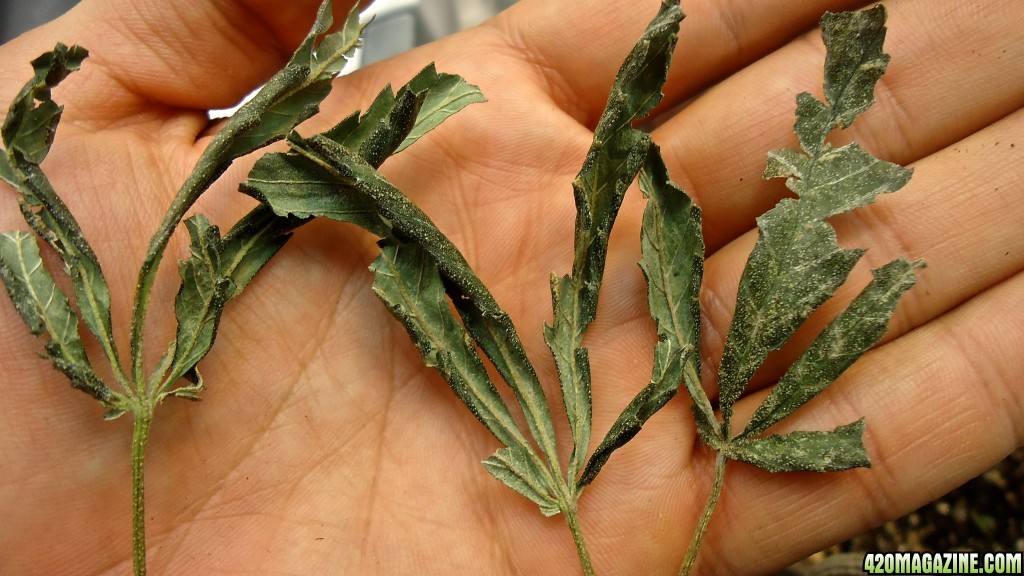- Thread starter
- #81
Danishoes21
Well-Known Member
Another thing, I can't really lower the setup I have other plants growing and they are tall.
How To Use Progressive Web App aka PWA On 420 Magazine Forum
Note: This feature may not be available in some browsers.

 we can officially start the UV radiation experiment. Very excited no matter what the outcome.
we can officially start the UV radiation experiment. Very excited no matter what the outcome.I would also suggest mounting some of the bulbs lower.
I believe that your main Compact Florescent Lights are positioned too high above your plants to effectively illuminate deep enough into the plants, I would lower your main Compact Florescent Lights. Lumen is a scale of brightness and does not add as you believe it does.
https://en.wikipedia.org Lumen
I like to mount my cfls within 6" of my plants.

I gotta start asking why, why would you recommend to lower the lights? Based on what? and how is it going to improve the actual state of the plants? I would appreciate if you could elaborate more on this.
Thank you KingJ
The plant is not using the leaves for stored nutrients as they have not yellowed. Leaves that are too far from a light source will begin to die without yellowing and dry out as the leaf damage appears in your photograph. Compact Florescent Lights often lack enough light penetration power to reach far from the light source to the canopy. Light intensity decreased to 1/4 every every foot from the light source. Cannabis plants require higher intensity illumination in flower than in vegetative growth to flower properly.After a week the dead leaves show no further decomposition, I can only asume there were no living cells left to decompose. So indeed when they fall off the plant by themselves is because they have NO use what so ever for the plant. They are completely DEAD before they fall off, The living stem is what holds them attached.



